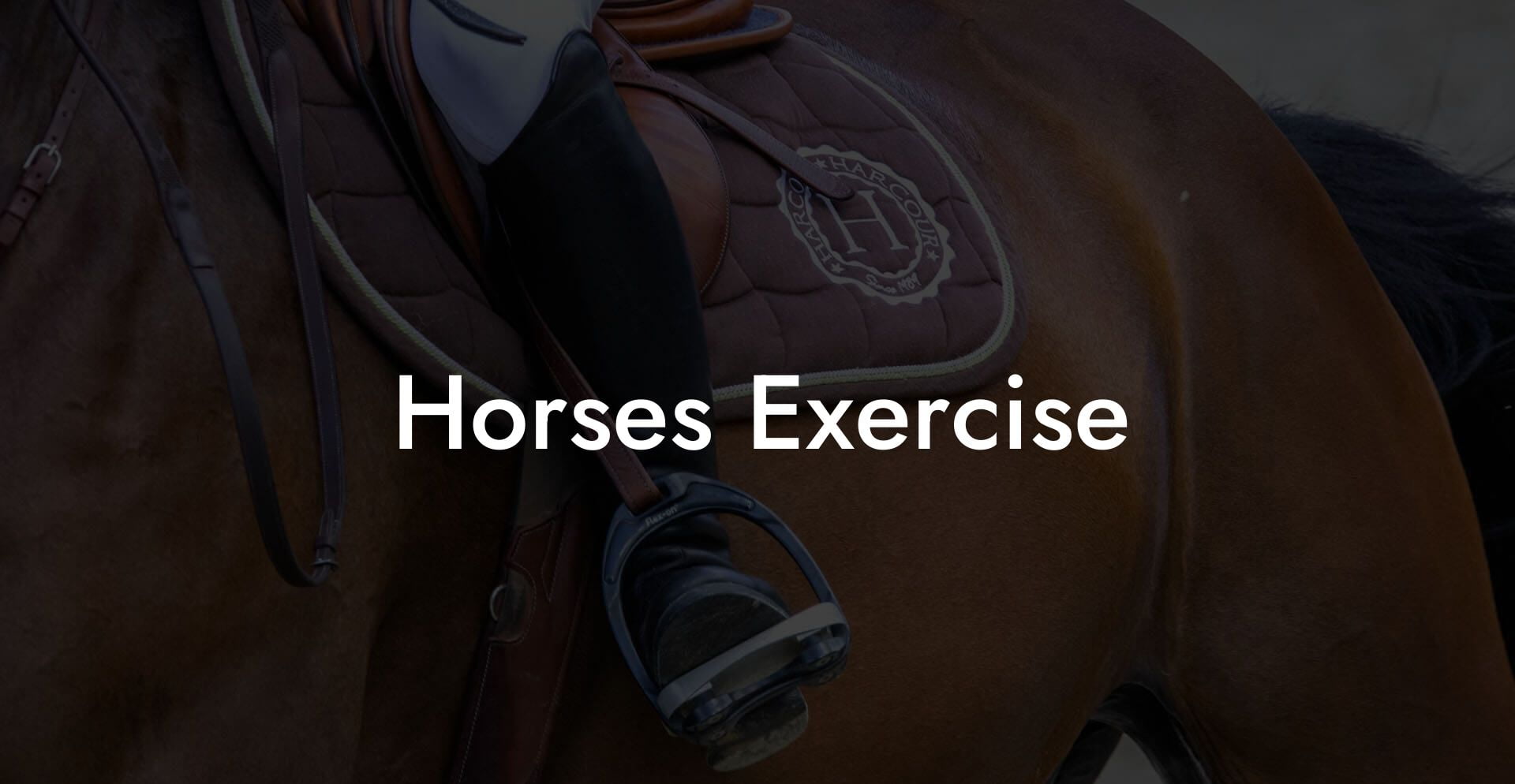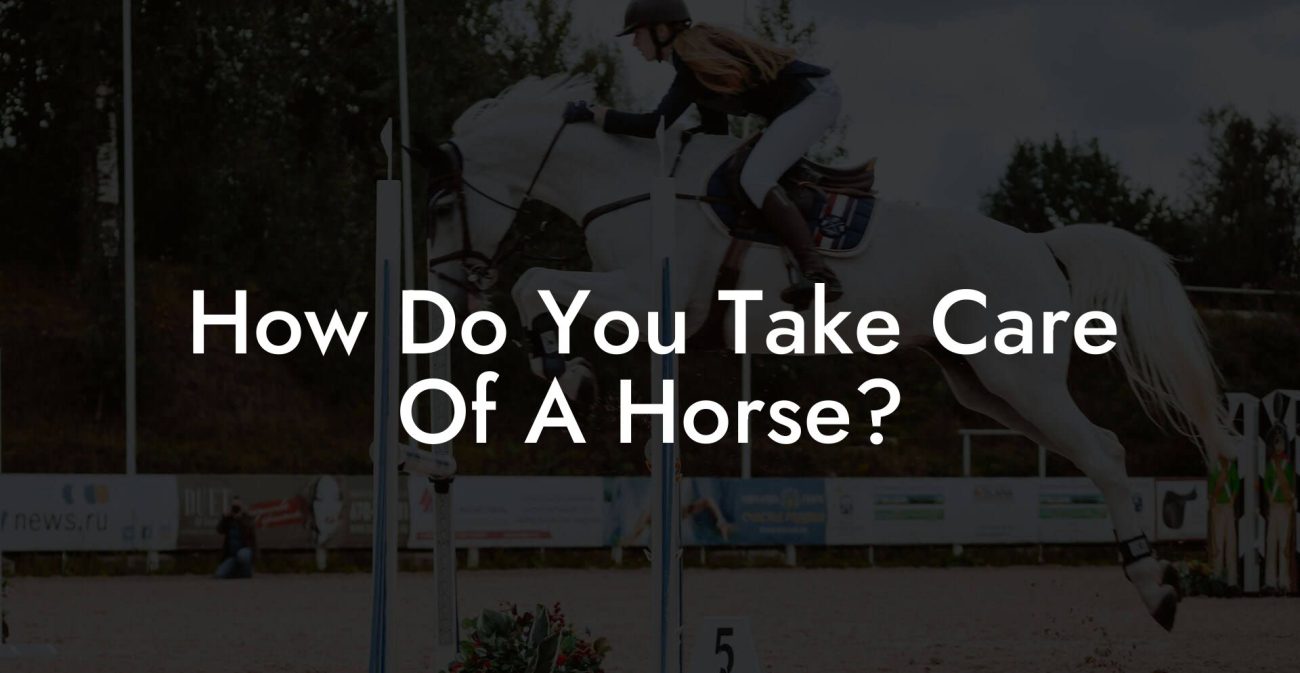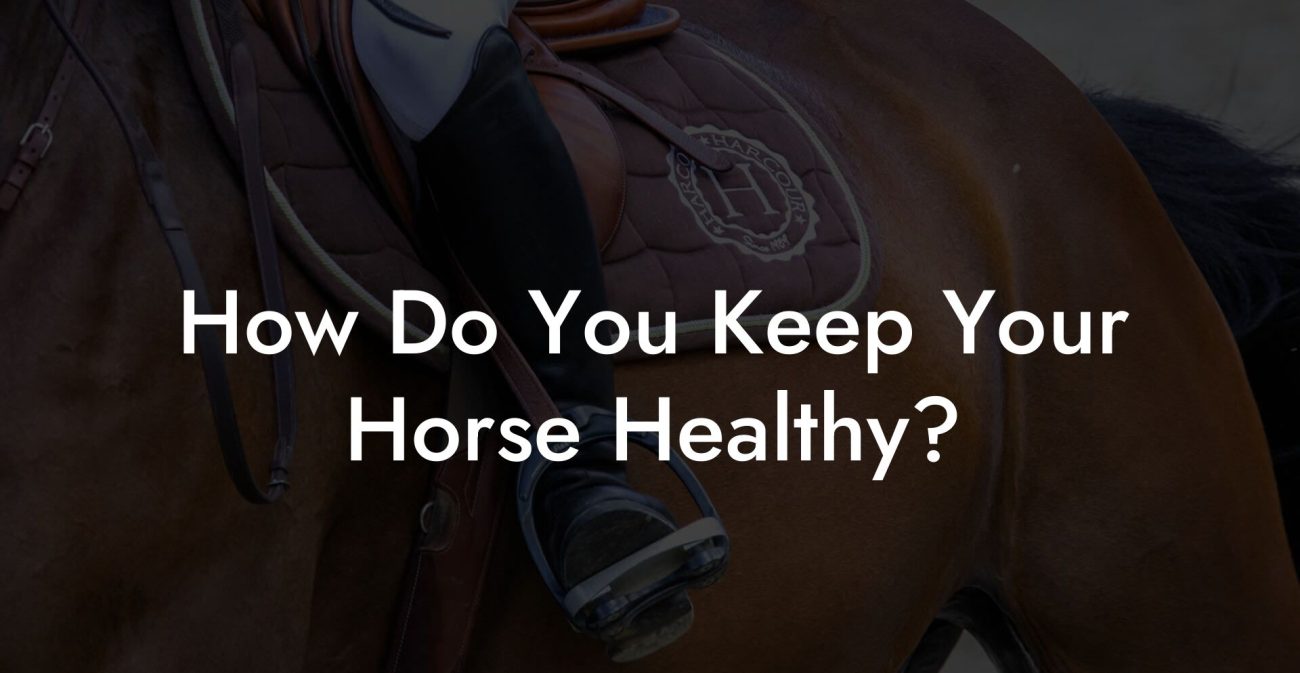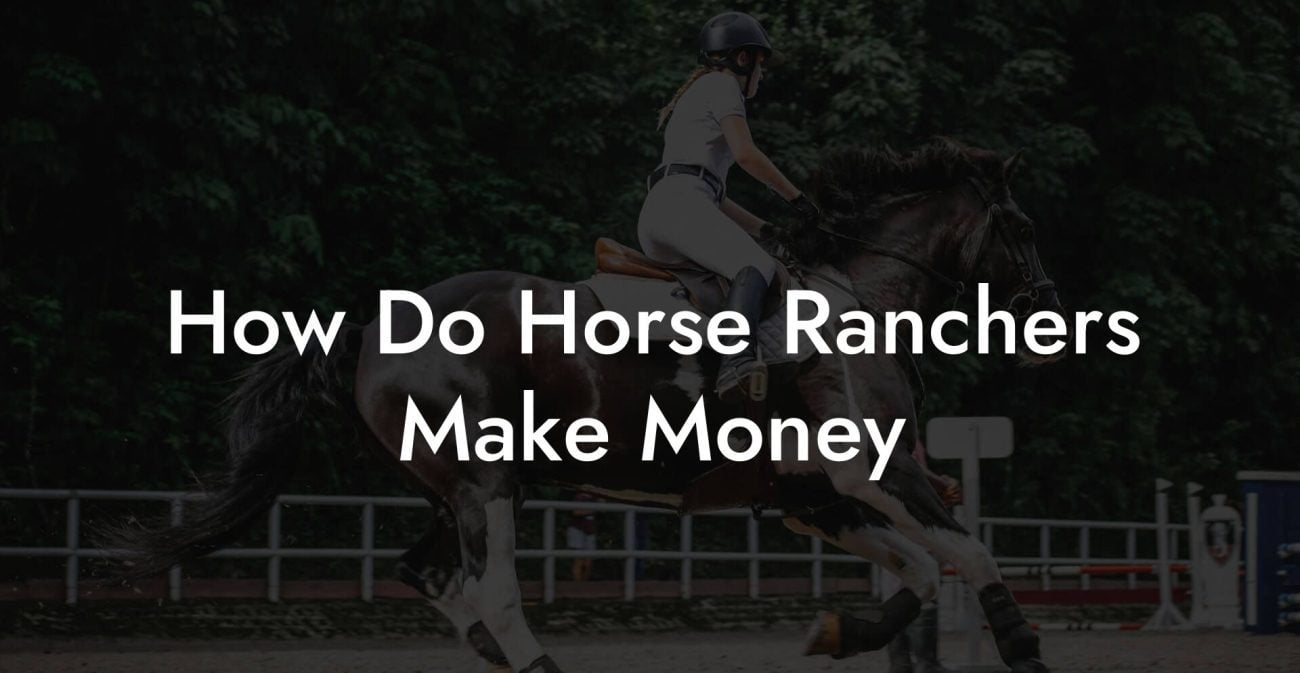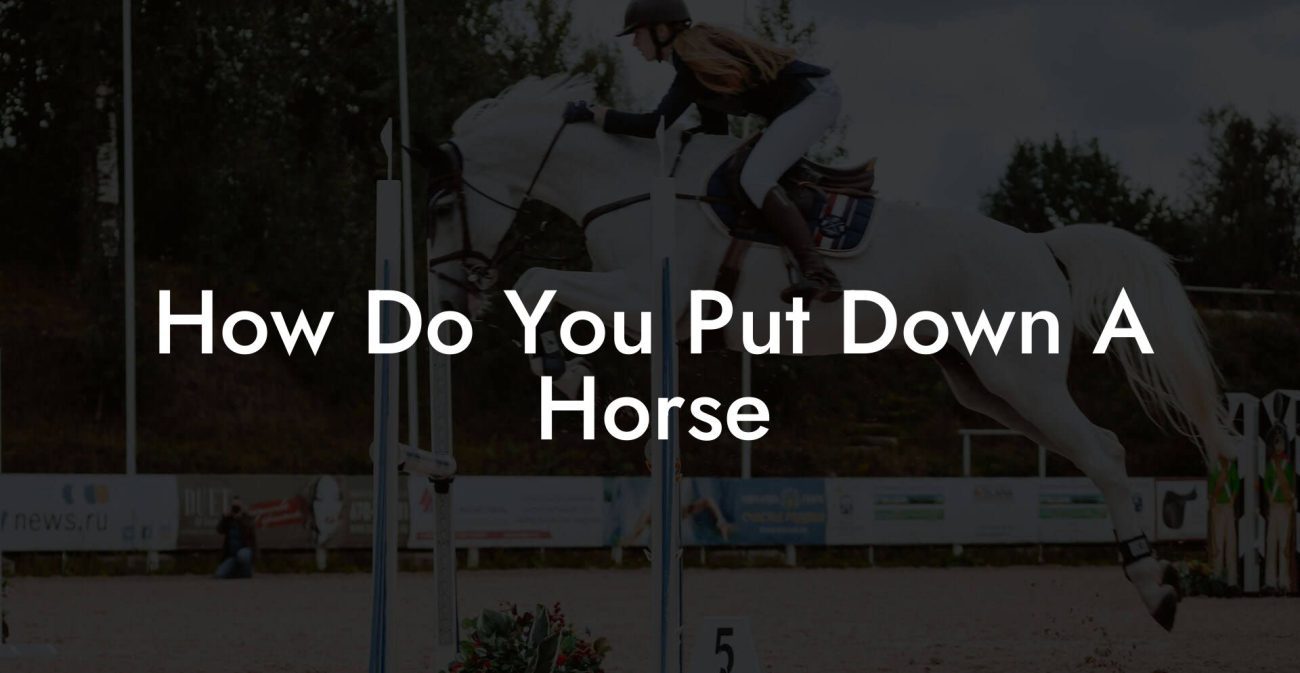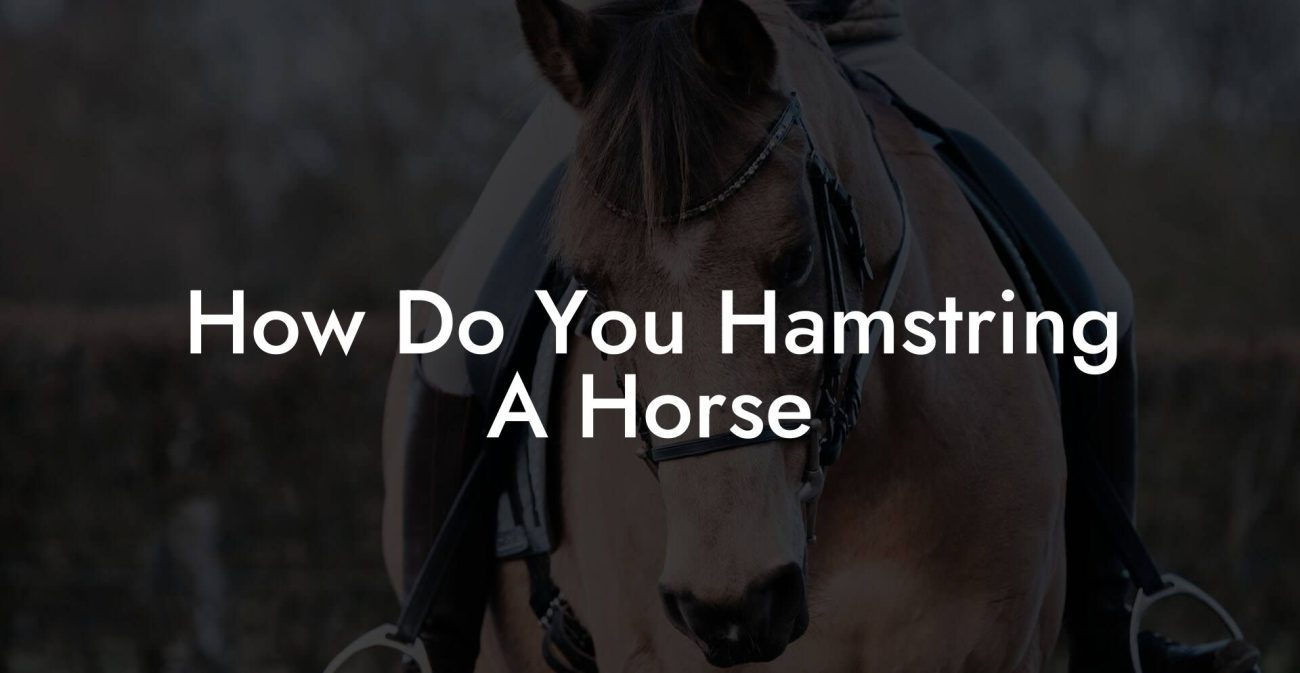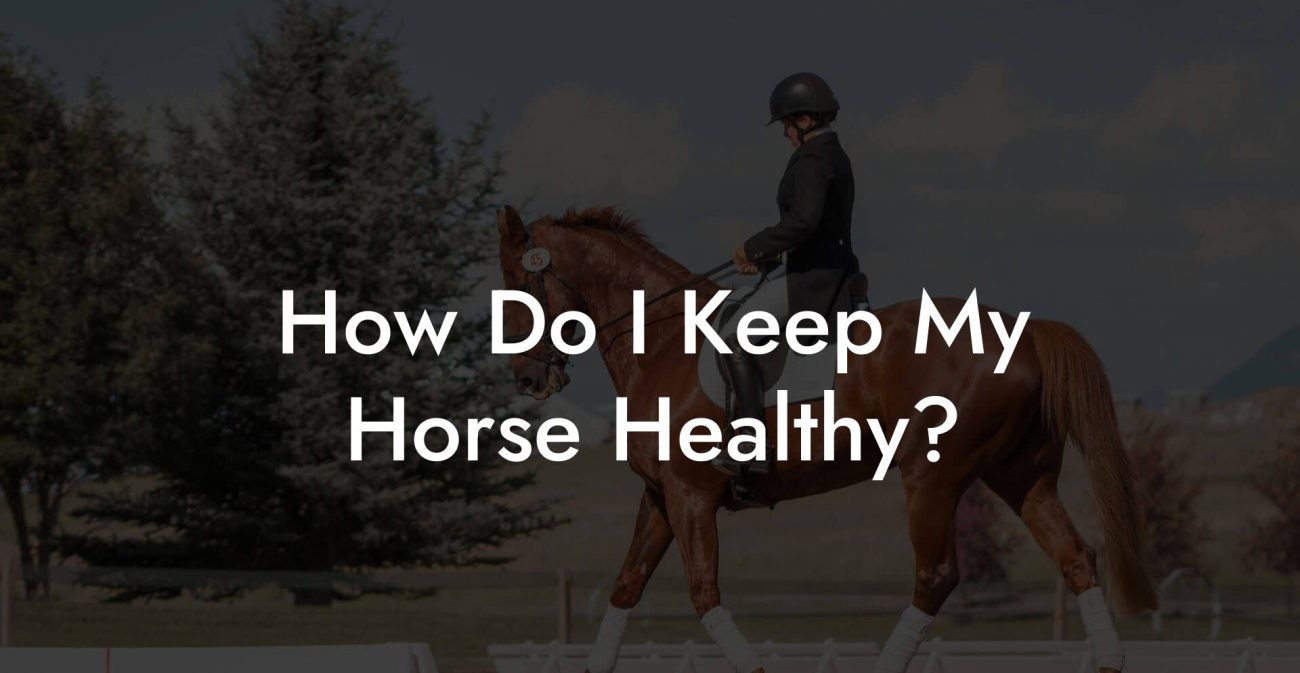Have you ever caught your horse doing a happy little trot right after a dose of adrenaline? If so, you know that horses exercise isn’t just a mundane chore, it's a vibrant, pulse-quickening lifestyle that keeps our equine pals healthy, happy, and full of spunk. This guide dives deep into the world of horse exercise, where sweat meets saddle, and cutting-edge techniques blend effortlessly with time-tested wisdom. Whether you’re a first-time tack-up millennial, a Gen-Z equestrian newbie, or a seasoned horse enthusiast looking for fresh tricks, get ready to gallop into a comprehensive playbook designed just for you.
Quick Links to Useful Sections
- What Is Horse Exercise and Why It Matters?
- The Benefits of Regular Horse Exercise
- Types of Exercises for Horses: Finding Your Rhythm
- Ground Work and Conditioning
- Mounted Exercise: riding Into Action
- Swimming: Making a Splash in Equine Fitness
- Trail Riding and Natural Terrain Exploration
- How to Create a Comprehensive Exercise Plan for Your Horse
- Step 1: Assess Your Horse’s Current Fitness Level
- Step 2: Define Clear Goals
- Step 3: Adopt a Multi-Modal Exercise Routine
- Step 4: Schedule Consistent Sessions
- Step 5: Monitor Progress and Adjust as Needed
- Safety Tips and Essential Equipment for Equine Workouts
- Safety Precautions to Keep in Mind
- Essential Equipment for Effective Workouts
- Holistic Approaches: Integrating Mind, Body, and Hoof
- Massage and Flexibility Work
- Acupressure for Equines
- Mindful Movement
- Integrating nutrition and Exercise for Peak Performance
- Balancing Macronutrients
- Hydration and Electrolytes
- Supplements That Support Joint and Muscle Health
- Case Studies: Transformative Stories in Equine Exercise
- Case Study 1: From Couch-Potato to Champion
- Case Study 2: Healing Through Holistic Techniques
- Case Study 3: The Trailblazer’s Journey
- Resources and Community Support: Your Next Steps
- Frequently Asked Questions About Horse Exercise
- Your Journey to Empowered Equine Fitness
What Is Horse Exercise and Why It Matters?
At its core, horse exercise involves any structured physical activity that helps your four-legged friend maintain optimal health and performance. But it’s more than just trotting, cantering, or galloping around the paddock. It’s about nurturing a bond, boosting stamina, enhancing flexibility, and keeping your horse’s mind as sharp as its hooves. Regular exercise for horses helps prevent obesity, reduces the risk of lameness, and can even alleviate stress, yes, horses get stressed too!
For the modern equestrian, horse exercise is all about blending tradition with innovation. Whether you’re using state-of-the-art training equipment or taking a leisurely trail ride, you’re investing in your horse’s long-term well-being. Think of it as maintaining a luxury sports car, regular tune-ups, quality fuel, and the occasional spin on the track will keep it purring (or neighing) for years.
The Benefits of Regular Horse Exercise
Just like we hit the gym to keep our bodies in tip-top shape, our equine pals require regular exercise to stay healthy, agile, and ready for action. Here are some of the top benefits:
- Improved Cardiovascular Health: Regular movement boosts your horse’s circulation, ensuring vital organs and muscles receive ample oxygen.
- Enhanced Muscle Tone and Strength: A well-exercised horse has better muscle balance, which in turn reduces the risk of injuries.
- Better Weight Management: With obesity on the rise in equine circles, a consistent exercise regimen is key to keeping your horse lean and limber.
- Mental Stimulation and Reduced Anxiety: Routine exercise can prevent boredom and stress, essential for a happy, well-adjusted animal.
- Increased Flexibility and Balance: Dynamic moves such as stretching and varied gaits improve overall balance and coordination.
- Boosted Immune System: Exercise is like a natural vaccine. It helps maintain a healthy immune response by reducing inflammation and stabilizing hormone levels.
Integrating exercise into your horse’s daily routine isn’t just about physical fitness, it’s an all-encompassing approach that boosts mental well-being and strengthens the human–animal connection. And let’s be honest: a happy horse makes for a cooler Instagram story.
Types of Exercises for Horses: Finding Your Rhythm
Not all exercise is created equal in the equine world. Depending on your horse’s age, breed, and overall health, you might opt for various forms of exercise. Let’s break down some of the most popular and effective methods:
Ground Work and Conditioning
Ground work isn’t just about warming up your horse, it’s a sophisticated blend of training and exercise that builds communication and trust. Activities such as leading, lunging, and liberty work encourage your horse to listen, respond, and function as a partner rather than a pet on wheels. Incorporating ground work also helps enhance your horse’s balance and overall obedience.
Techniques include:
- Lunging: A staple in equine exercise, lunging improves flexibility, strengthens muscles, and clarifies communication between you and your horse.
- Long-lining: Using long reins can help develop responsiveness and bolster your horse’s self-awareness on the ground.
Mounted Exercise: riding Into Action
Mounted exercise is where the magic happens for both horse and rider. Whether it’s a relaxed trail ride or an intense dressage session, riding not only builds your horse’s endurance but also sharpens its responsiveness. Different gaits and maneuvers are used to develop balance, strength, and coordination.
Types of mounted exercises include:
- Trotting: A comfortable pace that’s ideal for building stamina and enhancing muscle tone.
- Cantering: Offers a healthy mix of speed and balance, challenging both mind and body.
- Galloping: Best reserved for well-conditioned athletes, galloping can improve cardiovascular fitness and muscle power.
Swimming: Making a Splash in Equine Fitness
For a low-impact, high-reward workout, consider equine swimming. While it might sound like a scene from a quirky movie, swimming is an excellent, joint-friendly form of exercise that reduces strain on your horse’s legs while still offering a full-body workout. If you have access to an equine pool or safe body of water, it’s worth diving into this fun and effective activity.
Trail Riding and Natural Terrain Exploration
Sometimes the best gym is Mother Nature herself. Trail riding offers varied terrain that challenges your horse’s agility and balance while providing mental stimulation from the ever-changing environment. Whether it’s a dense forest, a rolling countryside, or sandy beaches, trail riding is a holistic form of exercise that connects your horse with its natural instincts.
How to Create a Comprehensive Exercise Plan for Your Horse
Crafting a balanced exercise regimen for your horse is akin to designing a custom-tailored suit. There’s no one-size-fits-all solution, your horse’s fitness plan should be as unique as its personality. Here’s a step-by-step guide:
Step 1: Assess Your Horse’s Current Fitness Level
Before diving in headfirst, get a baseline. A thorough health check, including a vet’s assessment, gait analysis, and consultation on any past injuries, is essential. This evaluation helps map out which exercises are safe, which need to be modified, and how ambitious your training plan can be.
Step 2: Define Clear Goals
Just as you set fitness goals for yourself, define what you want to achieve for your horse. Whether it’s improving endurance, increasing muscle tone, or rehabilitating an injury, clear objectives will help shape the right routine.
Step 3: Adopt a Multi-Modal Exercise Routine
Diversification is the spice of life, and your horse’s workout regime. Combine different types of exercise to target various muscle groups and reduce the risk of overtraining. A balanced plan might include:
- Warm-up routines like light trotting and stretching.
- Ground work for coordination and communication.
- Mounted exercises focusing on different gaits and maneuvers.
- Specialized activities such as swimming or trail riding.
Step 4: Schedule Consistent Sessions
Consistency is key. Establish a routine that fits both your schedule and your horse’s natural rhythms. Aim for a mix of high-intensity sessions interwoven with recovery days to prevent burnout and minimize the risk of injury.
Step 5: Monitor Progress and Adjust as Needed
Keeping an eye on your horse’s progress is essential. Maintain a workout journal, record performance metrics, and note any signs of discomfort or fatigue. Regular check-ins with your vet or an equine trainer can help you fine-tune the program, ensuring a continual path to improvement.
Safety Tips and Essential Equipment for Equine Workouts
Let’s be real: no one wants a slip-up in the middle of a gallop. Safety comes first, both for you and for your prized horse. Implementing a few smart practices can make your exercise sessions both effective and injury-free.
Safety Precautions to Keep in Mind
- Warm Up and Cool Down: Just like athletes, horses need to ease into and out of strenuous activity. Warming up helps prevent muscle strains, and cooling down aids in recovery.
- Proper Hydration: Ensure your horse has access to fresh water before, during, and after exercise. Dehydration can lead to muscle cramps and overall fatigue.
- Regular Health Checks: Routine vet visits are crucial. They help detect any underlying issues that might interfere with safe exercise routines.
- Surface Considerations: Whether you’re riding on grass, sand, or arena footing, pay attention to the surface. Different textures can affect your horse’s stride, so choose a surface that minimizes the risk of injury.
- Recognize the Signs: Be alert to any signs of distress, lameness, or unusual behavior. Early detection of issues can prevent minor problems from turning into major injuries.
Essential Equipment for Effective Workouts
While the basics include tack like saddles, bridles, and bits, modern equine exercise sometimes calls for additional gear:
- Training Boots and Leg Wraps: These protect against abrasions and support your horse’s joints during intense workouts.
- Heart Rate Monitors: Tracking your horse’s physiological responses ensures the intensity is just right, not too easy, yet not overly strenuous.
- Equine Pools: For those opting for swimming, a dedicated equine pool provides a safe environment for low-impact exercise.
- Long-Lining Equipment: Essential for effective ground work, long lines help in training responsiveness and balance while keeping a safe distance.
With these safety tips and gear, you and your horse can tackle your workout sessions with confidence and flair.
Holistic Approaches: Integrating Mind, Body, and Hoof
Think exercise for horses is all about physicality? Think again. Holistic approaches take into account the mental and emotional well-being of your equine companion. A calm, focused mind can positively impact performance and recovery.
Massage and Flexibility Work
Just like us, horses can benefit enormously from a good massage. Regular massages can alleviate muscle tension, promote blood flow, and enhance flexibility, all of which facilitate smoother motion and recovery after a hard workout.
Acupressure for Equines
Acupressure isn’t just for humans. Some horse owners and trainers incorporate acupressure as a tool to help relieve pain and maintain energy balance. This gentle therapy can be a fantastic supplement to your horse’s standard exercise routine.
Mindful Movement
Encouraging your horse to “feel” its movement through natural, rhythmic exercises can reduce stress and increase focus. Whether it’s through natural trail riding or specialized stretching sessions, mindful movements help bring out the best in your horse, and build a stronger bond between you both.
Integrating nutrition and Exercise for Peak Performance
You wouldn’t fuel your car with low-grade gas, would you? The same applies to your horse. A balanced diet paired with a structured exercise routine is key to achieving peak performance.
Balancing Macronutrients
While exercise boosts energy expenditure, proper nutrition ensures that your horse stays powered up for every gallop and canter. Feed a mix of high-quality hay, grains, and specialized supplements to meet your horse’s calorie and protein needs. Consult with a veterinary nutritionist to develop a diet plan that complements your equine exercise regimen.
Hydration and Electrolytes
Keeping your horse well-hydrated is essential, not just for overall health but to enhance muscle recovery and prevent cramping after exercise. Monitor water intake closely, especially on hot days or during intense training sessions, and consider electrolyte supplements when necessary.
Supplements That Support Joint and Muscle Health
Supplements such as glucosamine, chondroitin, and omega fatty acids can play an important role in joint protection and muscle recovery. These additions help maintain flexibility and mitigate the wear and tear that comes with rigorous exercise.
Case Studies: Transformative Stories in Equine Exercise
Real-life examples speak louder than theory. Let’s look at some inspiring stories of horses and their owners who completely transformed their exercise routines.
Case Study 1: From Couch-Potato to Champion
Meet Bella, a once-reluctant rider with a penchant for loafing around the paddock. Her owner, Tyler, a tech-savvy Gen-Z enthusiast, decided it was time for a change. Incorporating a mix of ground work, creative trail rides, and short swimming sessions, Bella gradually transformed into a vibrant, energetic athlete. Not only did Bella’s performance in local shows improve dramatically, but she also developed a relaxed, friendly demeanor. Tyler’s innovative, multi-faceted approach showed that even the most laid-back horse can find its inner champion.
Case Study 2: Healing Through Holistic Techniques
Rocky, a seasoned workhorse with a history of joint issues, seemed destined for early retirement, until his owner, Samantha, introduced a holistic regimen. Combining regular massage therapy, acupressure sessions, and structured, low-impact exercise routines, Rocky’s flare-ups diminished noticeably. His newfound agility and renewed vitality allowed him to participate in more events, showcasing that even chronic conditions can be managed with a well-rounded approach.
Case Study 3: The Trailblazer’s Journey
For many modern riders, the connection with nature is paramount. Jackson, an adventurous millennial, crafted an innovative exercise plan that combined trail rides, group outings, and mindfulness sessions in the stables. His horse, Luna, thrived on the varied terrain and the mental stimulation provided by exploring new routes. Together, they not only achieved stellar physical fitness but also bonded over shared experiences, turning routine exercise into unforgettable adventures.
These stories reinforce that holistic, innovative methods in horse exercise can truly transform your equine partner’s life. Whether performance, recovery, or simply a more balanced lifestyle is the goal, a tailored exercise program can work wonders.
Resources and Community Support: Your Next Steps
Embarking on a journey of equine exercise isn’t something you have to do solo. There’s a vibrant community of equestrians, trainers, and nutrition experts ready to share tips, advice, and a helping hand as you fine-tune your horse’s exercise routine.
Here are some steps to dive deeper into the world of horse exercise:
- Join Online Forums and Social Media Groups: Platforms like Facebook, Instagram, and Reddit are home to countless communities sharing real-time experiences, advice, and creative exercise ideas.
- Attend Local Clinics and Workshops: Find events focused on equine health, exercise, and nutrition to network with professionals and enthusiasts alike.
- Consult with an Equine Fitness Expert: Sometimes personalized guidance is key. Reach out to trainers specializing in horse conditioning and biomedical assessments.
- Leverage Modern Tech: From heart rate monitors to mobile apps that track performance metrics, integrate technology into your horse’s exercise routine to monitor progress and fine-tune the regimen.
- Collaborate and Share: Don’t hesitate to share your journey. Document and promote your successes and challenges on social media. Your story might just inspire another rider to embark on a similar adventure.
The pathways to equine excellence are many and varied. Embrace the learning curve, engage with fellow enthusiasts, and remember that every small step forward contributes to a greater, thriving journey of holistic equine health.
Frequently Asked Questions About Horse Exercise
Here are some burning questions answered to help you design the perfect exercise regimen for your horse:
1. Why is regular exercise so important for horses?
Just like humans, regular exercise improves a horse’s cardiovascular health, strengthens muscles, enhances flexibility, and reduces stress. It’s essential for preventing obesity and maintaining overall well-being.
2. What types of exercises are best suited for different horse breeds?
The ideal exercise regimen can vary considerably. High-performance breeds may benefit from more rigorous routines including gallops and advanced training, while older or more docile breeds might thrive on low-impact activities like trail riding and swimming.
3. How can I tell if my horse is over-exercised or stressed?
Watch for signs such as excessive sweating, reluctance to move, changes in behavior, or lameness. Regular veterinary check-ups and monitoring recovery times are key to ensuring your horse isn’t overworked.
4. Are there any equipment requirements for starting a proper exercise routine?
Essential gear includes a well-fitted saddle, halter, and bridle. Additionally, training boots, leg wraps, and, if possible, technological aids like heart rate monitors will help track performance and ensure safe practice.
5. Can I integrate holistic therapies into my horse’s exercise plan?
Absolutely. Incorporating massage, stretching routines, and even acupressure sessions can greatly aid recovery and enhance overall fitness, creating a well-rounded, balanced regimen.
6. How often should I change up my horse’s exercise routine?
Variety prevents stagnation and overuse injuries. It’s recommended to adjust the routine every few weeks or as needed, depending on your horse’s progress and any emerging health concerns.
7. Is trail riding as effective as arena workouts?
Both have unique benefits. Trail riding exposes your horse to diverse terrain and mental stimulation, while arena workouts allow for more focused training on specific skills and movements.
8. How do nutrition and exercise work together for optimal performance?
A balanced diet fuels your horse’s activity, aids muscle recovery, and prevents fatigue. High-quality forage, appropriate supplements, and proper hydration all work in tandem with exercise to boost performance.
Your Journey to Empowered Equine Fitness
In wrapping up this deep-dive into the dynamic world of horse exercise, remember that every session, whether it’s a casual trot or an intense training run, is a step toward better health, stronger bonds, and endless adventures. By blending structured workouts, holistic therapies, and modern technology, you are not just preparing your horse for competitions or trail rides, you’re paving the way for a resilient and joyful partnership.
Redefine what it means to care for your horse by embracing innovative training methods paired with genuine affection. From ground work to mount training and from nutrition to mindfulness, every component plays a vital role in sculpting a well-rounded, happy, and healthy equine companion.
Step into a world where every gallop, every canter, and every playful nudge is a celebration of life’s vibrant energy. Harness the power of community, professional insights, and a steadfast dedication to transformative care, because when your horse thrives, so do you. Your journey to empowered equine fitness starts now, so saddle up and enjoy the ride!

